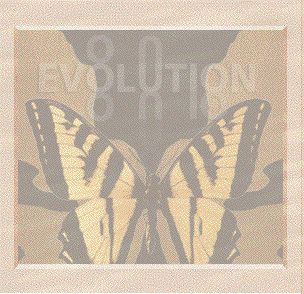Shared derived characters

Shared derived characters are the main evidence for phylogenetic relations.
All the characters shared between species can be divided into three types:
• A first division is into homoplasies and homologies: a homology is a character shared between species that was also present in their common ancestor; a homoplasy is a convergent character - one that is shared between species but that was not present in their common ancestor.
• Homologies in turn are divided into shared derived homologies and shared ancestral homologies: a derived homology is one that is unique to a particular group of species (and their ancestor) and a shared ancestral homology is one that is found in the ancestor of a group of species but only in some of its descendants.
• Now, of these three kinds of shared character, it is only the shared derived homologies that indicate phylogenetic groups: homoplasies indicate convergent groups and homologies indicate not only phylogenetic groups but a special kind of non- phylogenetic group too. Here, the importance of this distinction between character types is to reveal the relation between cladistic and phenetic classification.
An animation illustrates the different types of character and how they are used for inferring phylogenies.
| Next |



